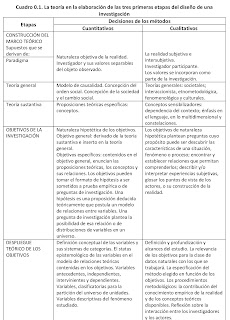BESSERUD, Keith et alt 2013. Scales of metabolic flows. Regional, Urban and Building Systems Design at SOM
BESSERUD,
Keith; SARKISIAN, Mark; ENQUIST, Phil; HARTMAN, Craig (2013): Scales of
metabolic flows. Regional, Urban and Building Systems Design at SOM,
Architectural Design, London
87
(…) This
biological process coordinating interactions between all the physiological
systems of the body via the reading, processing and transformation of chemical
molecules is what is commonly referred to as ‘Metabolism’. Metabolic systems
are essentially information-processing systems, regulating the flows of biological
information and instructions.
Pharmaceutical
scientists are also very interested in metabolic processes. The drugs they
develop are doses of molecular chemical information that get absorbed into the
body’s metabolic flows. Ideally, the drugs are designed to address very
specific cells and to communicate very specific instructions (…)
Within this
framework there are two related but discrete modes: diagnosis and intervention.
Procedures like blood tests provide important diagnostic indicators of the
metabolic status of the body. Intervention, on the other hand, whether it involves
medicine, surgery or genetic engineering, is a very different mode, requiring
the ability to predict that a certain intervention will achieve the preferred
outcome. This second mode is fundamentally a process of design.
88
Biological
analogies with the urban domain
(…) Like
biological systems, cities and their various urban systems are perpetually ‘metabolising’
flows of information, energy and matter to drive their processes (…)
The
diagnostic question of how to measure a city’s health is one that is attracting
a great deal of global attention. In the absence of predefined standards,
cities are crafting their own set of urban metrics in order to better manage
their affairs. Categories of measurement include public safety, public health,
education, transportation, jobs, cost of living, local culture and the
environment. Specific indicators range from the near universal (for example,
commuting times, graduation rates) to the more local (manatee deaths in the
city of Jacksonville’s local waterways).
The
enormous amount of information that feeds into these metrics represents a form
of ‘big data’, which comes from open data movements (…) As a result, new and
innovative forms of urban ‘blood tests´are quickly emerging to help understand
urban metabolic flows. The idea that better metabolic flows, enabled with big
data, will lead to better cities underpins the philosophy of the ‘smart’ cities
movement.
However, as
with the design of drugs, the move from diagnosis to intervention with respect
to urban system is not simple. The great challenge for urban systems is not
simple. The great challenge for urban designers and policy makers in dealing
with the complexities of urban systems is to intervene with the existing
metabolic flows to achieve the intended results without triggering undesirable
side effects (for example, lack of affordable housing, ineffective public
spaces, unsustainable development). Currently, our abilities to reliably
predict the holistic fallout of an urban design or public policy proposal –in terms
of social, economic and ecological effects –are limited to relatively
simplistic pairings and based primarily on experienced intuition.

Comentarios
Publicar un comentario